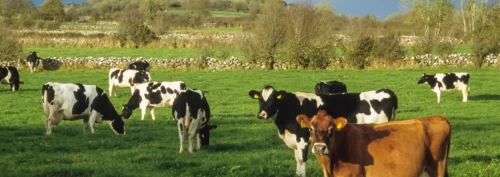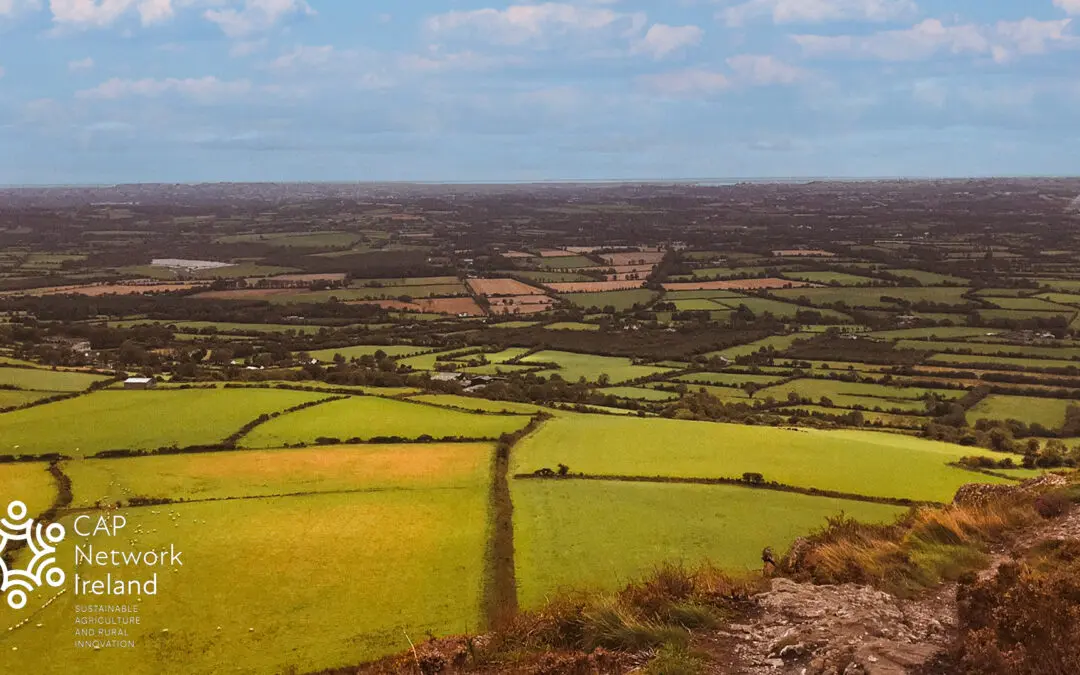Overall, 2023 was a busy year for Lough Carra LIFE with the Project Team office opening in Belcarra Community Centre, and the project has made significant strides forward.
Media and Public Outreach
The project website, loughcarralife.ie, and social media accounts, Twitter, and Facebook, were established early in the year to provide a platform for the project to begin its public outreach and awareness campaign. The team also provided regular project updates at bi-monthly Lough Carra Catchment Association public meetings throughout the year.
Public information boards about the project were placed at seven key sites around the lake and throughout the catchment. A newly published project booklet was also distributed. The project received media coverage during the national EPA water conference, where it was mentioned on several occasions as an example of local communities coming together to protect valuable water sources. A film producer was also recruited to make a short promotional film about Lough Carra and the LIFE Project and will be released sometime in 2024.
Events
In February 2023, the Project hosted the LAWPro Western Region Operational Committee event at the project offices in Belcarra. In May, Minister of State at the Department of Housing, Local Government and Heritage, Malcolm Noonan, formally launched the Lough Carra LIFE Project, with an event attended by over 100 people.
Farmer Engagement
Farm plans have been developed with 30 farmers who elected to be part of our 2023 pilot Agri-environment scheme. These farm plans outline all actions to be implemented on the farm as part of the project and detail the agreement between the farmer and the project. The actions are focused on reducing nutrient run off and protecting vulnerable habitats. Examples include the instalment of riparian buffer zones, settlement ponds, management of drains, planting of trees and hedgerows, and results-based monitoring of grasslands.
Results-based monitoring of these farms is a key aspect of this scheme and allows us to reward farmers who are delivering a higher standard of water quality actions on their farms. Farmer workshops were held monthly throughout the autumn. These actions are now taking place on the farms. In December a public meeting was held with all farmers in the area to discuss progress of the scheme in 2023, and to make plans for expanding the scheme in 2024.
Habitat Enhancement
In 2023, all publicly owned forestry in the area was visited and surveyed, and this informed the development of Biodiversity Management Plans. Local NPWS rangers carried out surveys of the populations of Lesser Horseshoe Bats in the catchment. In collaboration with project partners, security reinforcements were installed to the existing and long-established bat roosts at Moorehall and Towerhill, and the installation of permanent hibernation roosts – hibernacula – occurred in selected key locations. Invasive species control officers worked throughout the year to control populations of invasive predators and implemented protections for some of the more vulnerable bird species of the catchment.
Water Monitoring
The water monitoring programme began early in the year and 33 water chemistry sampling points were established on rivers and streams throughout the catchment area. This will help to better understand the quality of the water flowing into Lough Carra from different parts of the catchment area throughout the year. Monthly monitoring of the water chemistry at each of these points commenced in March and will continue for the duration of the project. In addition to this, in May, the first round of ‘kick sampling’ commenced. This is a procedure which helps measure the health of invertebrate populations in the streams throughout the catchment area. This will further develop understanding of the general health of the lake and the water flowing into it from different parts of the catchment at different times of year.
In collaboration with Project Partner Geological Survey Ireland (GSI), a comprehensive karst mapping campaign began, mapping the catchment’s karst features, such as sinkholes and springs. This was carried out to learn more about the vulnerable areas in the catchment and to prepare for the second tracing experiment. Questionnaires were distributed to farmers and other landowners throughout the area to assist with this process.
GSI contracted in the services of Tobins Engineering to assist in the delivery of a groundwater study. Under the guidance of GSI, they subsequently commenced, along with assistance from the project team, the second round of water tracing, focused on the southeastern region of the catchment. This followed karst feature mapping and dye tracing that was undertaken prior to the project start. Graduate geologists from GSI also assisted in this programme.
During the summer, contractors were hired to carry out specialist monitoring as part of the lake monitoring programme, including snorkel surveys of the submerged vegetation of the lake, marl crust surveys, and emergent vegetation surveys. The results of this monitoring will help to build a baseline data set to assess the current health of the lake. These surveys will be repeated in the final year of the project to assess any immediate impacts of the project.
More information on Lough Carra LIFE can be found here.
Source of text and images: Lough Carra LIFE






